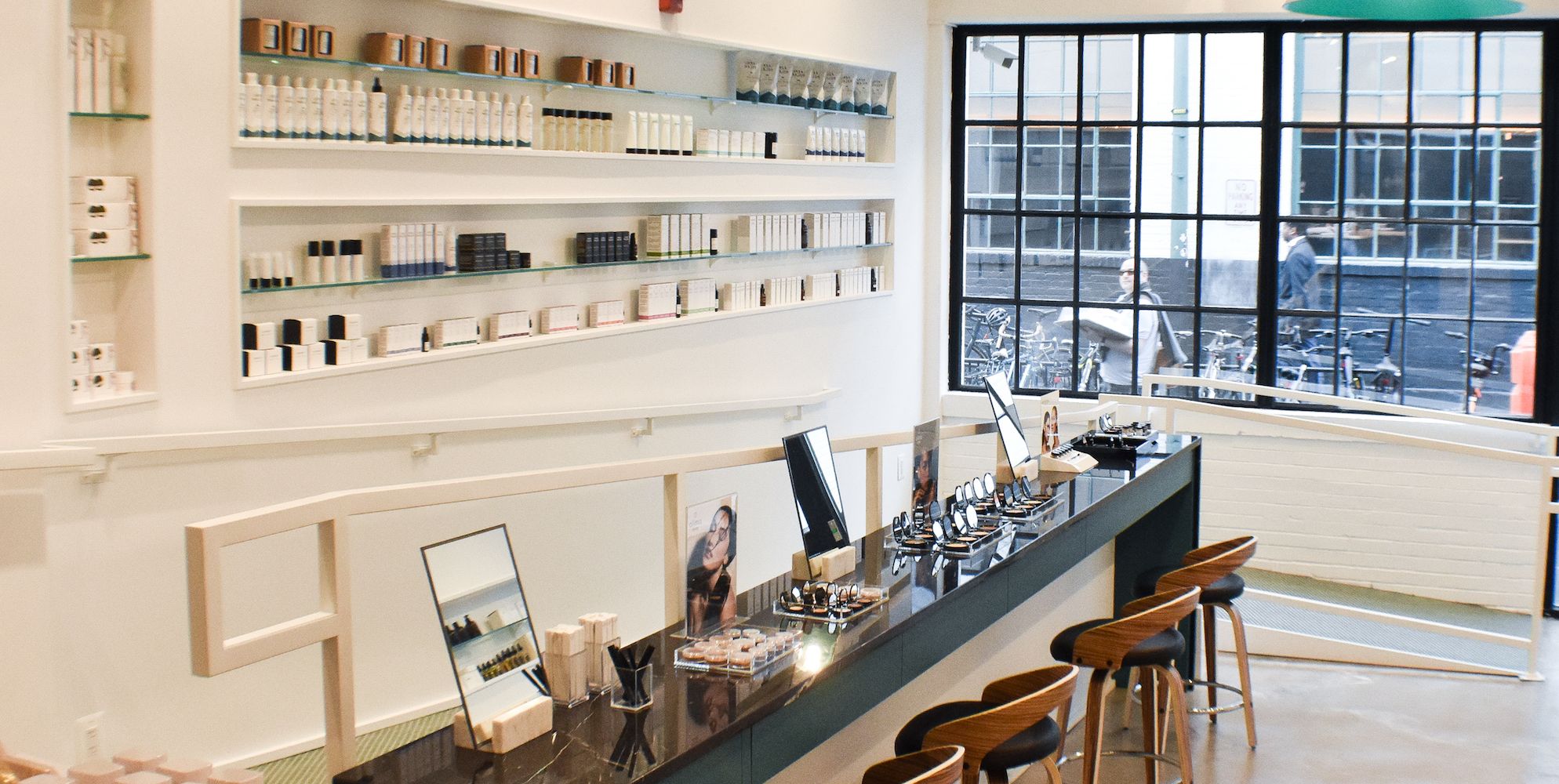
New Boutique Ivy Wild Is Wrapping Washington D.C.’s Millennial Shoppers In Clean Makeup And Skincare
When marketing professional Rachel Mulcahy got bit by the entrepreneurial bug, she didn’t intend to become a store owner. “I didn’t [think] I would get into any kind of retail business, but I also happen to be a pretty avid consumer of prestige makeup,” she recalls. The beauty enthusiast made the jump from cosmetics shopper to seller in the spring with the opening of 800-square-foot clean beauty boutique Ivy Wild in a converted warehouse building in Washington D.C.’s Logan Circle neighborhood. Beauty Independent caught up with newly-minted store proprietor Mulcahy to discuss the D.C. shopping scene, how business is going so far, Ivy Wild’s early bestsellers and her plans for the store’s future.
What made you open Ivy Wild?
I had spent 11 years or so in marketing, primarily for tech companies. I realized I didn’t want to [continue] in that career path. I knew that I wanted to work for myself. I started thinking about what kind of business I could create in a field that I was passionate about.
I started becoming aware of the clean beauty movement and how a lot of the brands that I had been buying and spending on were actually filled with ingredients that I couldn’t feel comfortable with anymore. I was having this personal realization, and I started to research clean makeup and beauty brands that I wanted to personally switch over to. I started realizing what an exciting and new market this was becoming.
I [thought] about starting a small e-commerce business to test and identify the best audience, then find a way to establish a local brick-and-mortar footprint once I identified that audience. But, talking with other local retailers in the D.C. area who also have what I would say is discretionary products, I understood quickly that the only way to do it is to dive in. It didn’t make sense to test an audience online, then extrapolate out from that [to see if this] would work in person as well. They’re just different animals.
I also realized, [coming] out of doing a lot of digital advertising in my previous career, that as clean and indie brands become more ubiquitous, you’re competing with everyone online, so it just didn’t make sense to go the e-commerce route. Even talking to the brands, [they] said to me, “We’re so saturated in the e-commerce space.”
I’ve been in the D.C. area for 12 years. This market has continued to get stronger in terms of consumer purchasing power with a younger generation who’s looking for a more fun, authentic shopping experience. So, I thought, “I’m going to just jump in.”
Tell us about Ivy Wild’s location.
I looked at the local landscape of other beauty retailers, not necessarily just in the clean space. Thinking about our shoppers, they might still go into Sephora or Bluemercury for some of their day-to-day skincare or makeup needs. They might not always be people who have fully transitioned over to clean brands.
Looking at that whole landscape, I was thinking how to differentiate a bit from the other players by focusing on that slightly younger demographic: young working professionals, anyone from their early to mid-20s to somebody who’s maybe in their 30s or 40-year-old shoppers. [I thought] about having brands that are a bit more accessible price point for that audience, but that are still really high quality, high performance [and] have an interesting and fresh look.
More and more, that younger demographic, young professionals in their 20s [and] 30s, want something special or indie that you’re not necessarily finding everywhere. People feel comfortable if they see some of the brands they recognize. They come in for those, but they also want to discover something new.
Looking at that audience and where those people live in D.C. helped us pinpoint the neighborhood that we were going to go into. The 14th Street, Logan Circle, U Street neighborhood is one long strip [that’s] been continually developed in the last five or six years with a lot of residential, restaurants and bars. It’s become a going out destination and more retail has been creeping in in the last few years. It feels a bit more industrial, urban, but still very fresh. It’s definitely a hub for young professionals.
What we’re finding in the short time we’ve been open [is] people are coming home after work, they’re going to the gym next door to us or they’re going to grab dinner, and they’re stopping in to shop and get their makeup and their skincare while they’re doing their evening errands. We don’t have that much data yet, but that’s the dynamic we’re seeing so far.
What is Ivy Wild’s mission?
We’re about helping [people] discover their new favorite products, [not] trying to indoctrinate them about every ingredient they have to get rid of and stay away from. Our focus is finding those new, emerging products that are exciting, [so] when you walk in, you’re like, “Oh, I love this lipstick, I love this eyeshadow, this highlighter, serum.” It’s a concept [based around] what’s exciting to people and what draws them back, rather than being a place trying to upsell them in terms of, “You’ve got to get rid of everything you’re using, start over and only use X, Y, Z products.”
What are some of the brands at the store?
These are becoming more and more mainstream, but, a year ago, when I was planning this, they were a bit harder to find. We have Saint, Kosås, Rituel de Fille, EcoBrow, Alima, TMF, short for True Makeup Freedom. It was started by a makeup artist, so they have [an] edgier point of view.
Who’s coming into the store, and who is your target consumer?
So far, we are seeing people in their 20s and 30s, that young professional audience that we were trying to reach. Most of our shoppers are people that either work or live in the neighborhood. It’s been great so far, and I’m really curious to see as we keep increasing our outreach and local marketing presence what [our audience] becomes.
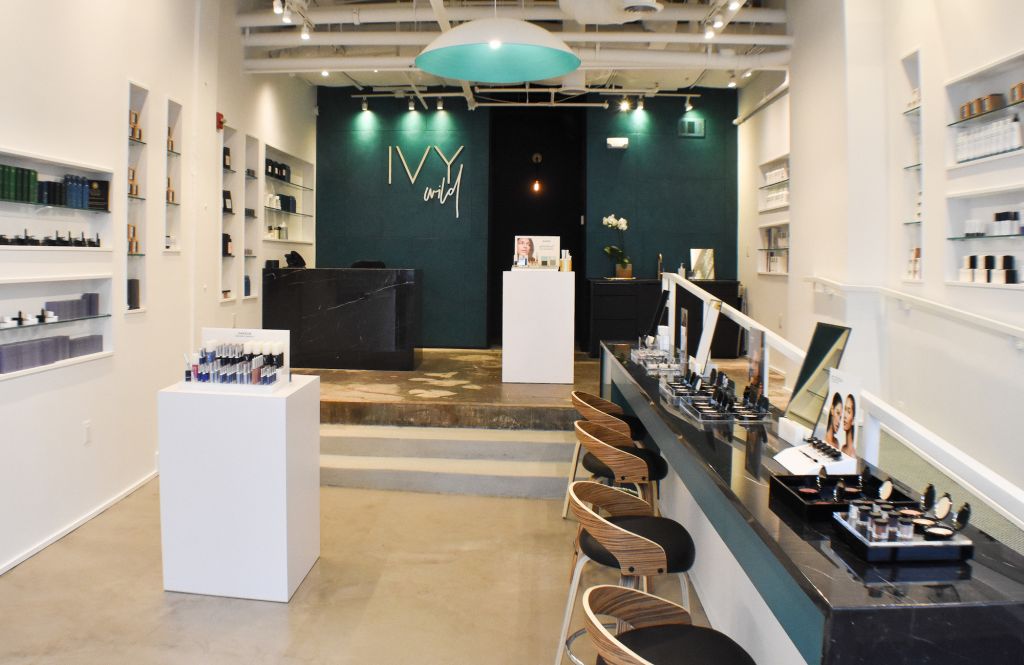
Do you have a list of no-no ingredients?
Yes. We’re trying to be nontoxic, starting with The Toxic 10. That’s an initial baseline criteria. From there, we do have some [lines] that are more organic as well as fully nontoxic. For example, Odacité and Little Barn on the skincare side.
We’re also conscious of not diving fully into the most extreme [clean beauty]. We’re somewhere in the middle. We want to have things for people where they can come in and not feel like they’re having to fully jump into the 100% organic-only, plant-based end of the pool. There’s a spectrum. I also think that while there are some ingredients that are definitely recognized [as toxic,] and we have clear, definitive proof that that they need to be avoided, there are a lot of other [ingredients] that are a little bit TBD.
We’re trying to help people where they are in their decision-making [process]. We’re not against everything synthetic just because it’s synthetic, but we’re definitely trying to find things that are clean.
How do you find new brands? When you pick up brands, do you bring in the entire line?
Because we’re so early in, I’m still keeping an eye out [for new brands], but I’m trying to give these brands [already in the store] a chance to keep performing. So, we haven’t really added or changed up our inventory selection much yet. I’m looking at places like Indie Beauty Expo and Beauty Independent. I’m looking on Instagram, the usual suspects.
We buy more fully into brands on the makeup side than we do on skincare. We want to be a bit more selective there because we’re trying to find [out] what makes sense for our audience. A lot of the skincare brands out there are much more exhaustive. They have a broader array of treatments and serums and masks, and we like to have a selection in each category, but we didn’t necessarily want to pick up like a full line across every brand that we’re carrying. I don’t think that makes sense for us just yet. We want to be more targeted and selective, especially at such an early stage. The goal would be to continue expanding that selection over time.
What’s your sweet spot in terms of price?
On the makeup side, there seems to be more parity in price point for clean brands [than] there are with traditional department store, Sephora and prestige brands. We’ve seen our shoppers spending up on the makeup side. It’s more in skincare that I see this big jump up in price point.
I wanted to find clean brands that have some specialty treatment products where people will spend up a little bit, but I also wanted to find a day-to-day face wash that was really quality that was in the $30 to $40 range in a standard [size]. There’s so many exciting brands, but you’re finding face washes in these really tiny [sizes], and they’re $40 or $50. I don’t think our customer is quite there.
So, it was important for us to find a couple of lines that have something that’s more familiar, a six- or eight-ounce face wash around $30. We’re trying to cover some basics and help people find brands where they can get more of their day-to-day products at a reasonable price point, then also a couple of more stepped-up, special [products that are] a bit more pricey when you want to get a treatment product, like serums and masks. There’s definitely a mix, and we do see people gravitating toward the [expensive] serums [and] more of the day-to-day face washes, moisturizers.
What’s an example of a serum that’s on the higher end for Ivy Wild?
We have Joanna Vargas Rescue Serum, which is a $150 vitamin C serum that’s really boosted. That would be one of the more high-end, premium treatment products we have. We also have one of the Odacité private collection serums that’s similarly priced.
In the short time you’ve been open, do you see any bestsellers emerging? Have you had repeat customers already?
Bestsellers are the more accessible price point serums, the vitamin C [serums that] are your daily go to that are in the $50 range. The other categories that [are] bestsellers are foundation and lipsticks.
To me, it’s the way that we’ve positioned [ourselves] to be a bit more makeup and color forward in our offerings that two makeup categories are really strong so far. Foundation is a basic for a lot of people and, then, lipstick is their fun treat, so it makes sense that [customers are] covering their needs and then getting something fun.
Are you planning to sell online at some point?
We’ll roll out at least some portion, if not 100%, of our store for e-commerce. I see it as a way to keep things more accessible for existing customers in the region. I don’t think that, when we add e-commerce, we’re going to be trying to drive a whole new audience across the country. It’s going to be supplemental to our existing customer base and a defensive loyalty position.
How do you drive awareness to get people into the store?
We’ve done a few events where reps from the brands do demos and give an overview [of the brand]. We are rolling out an influencer program and full event schedule soon. The other tactic we’ve been using is Instagram. Because it’s so early on, we’re really focused on getting the operational basics down, inventory volumes, getting the team trained.
It’s been pretty organic. We opened next to a ((305)) Fitness. There’s a WeWork above us. There’s great restaurants down the alley from us, so we’re in a location where shoppers are coming for other things. We’re able to piggyback on that.
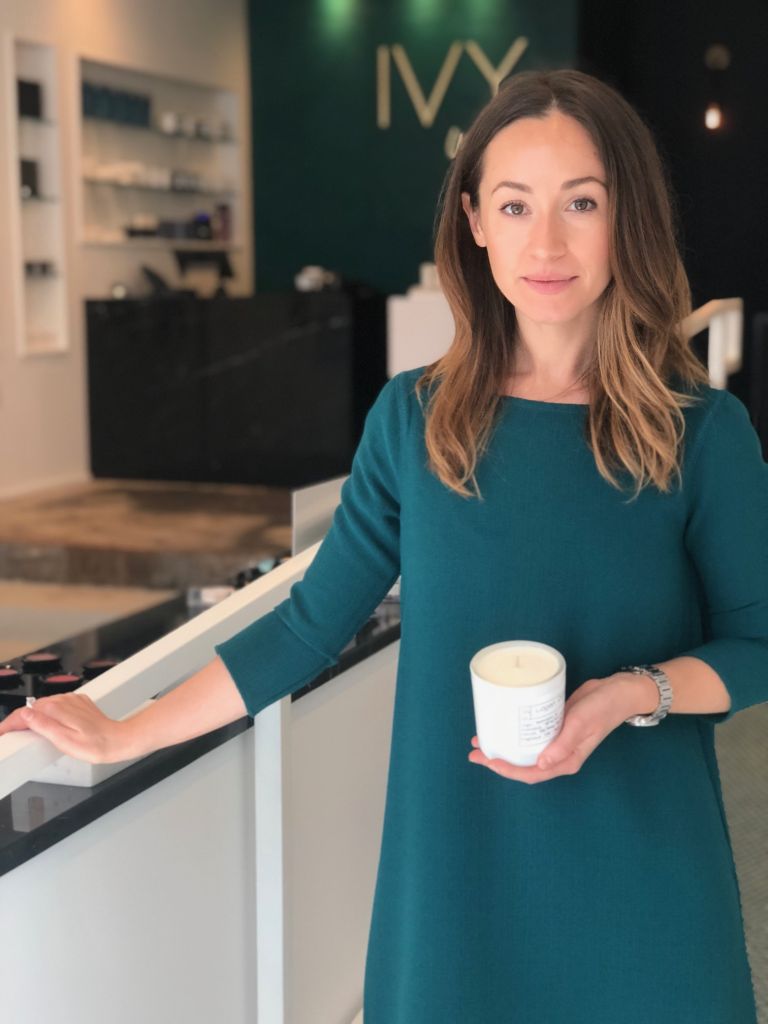
What are some things you do to raise awareness on Instagram?
We started months before opening, creating organic content, and we’ve recently started doing some sponsored posts just to let people know, targeting locally. We’ve done a small giveaway to help drive followers, but that’s it so far. We’re really in the early days.
When you look two years down the road, what are product categories that you think you’ll want to build out?
We’re going to continue building out our core offerings, actively looking at makeup and skincare brands to add. We’re adding fragrance soon. We’ve gotten a lot of requests for that, which surprised me.
I feel like we’re seeing really good performance and evolution of products in the makeup and skincare categories that really perform as well as, if not better than, traditional brands, but, on the fragrance side, we want to make sure that we’re finding things that last. If they’re pricey, if you’re investing in something like that, you want the fragrance to stick with you throughout the day. So, we’ve been slower to dip our toe into that category, but we’re definitely looking to add something this year. I think we’ll continue to build out haircare as well.
Will you add services?
Yes. Because we’re small, we want them to be something that works within our footprint in a really seamless way. We’re still trying to decide for our audience what those would be, whether they’ll be more on the facial side or makeup application. It would be true to our brand to do something that’s accessible that doesn’t feel like such a luxury, but that could fit in with your weekly or monthly routines.
What is the usual amount you order from brands?
It varies. We started off with slightly larger quantities from some of what we thought would be the core essentials, 10 to 15 to 20 units per SKU. For others, we try to be selective if we weren’t quite sure. For Vapour and Saint, for example, we knew we wanted a few core, full lines that span everything, concealers, foundations, lipsticks, bronzers, blushes, all of it.
We ordered small quantities because we were doing every color or most colors, so we would do four or five, six units per SKU. Since then, we’ve had to reorder virtually across every brand, and we’ve gone up to now [ordering] 15 or 20. This is in a very short timeframe, so I’m really interested to see how this will change and evolve.
What reorder turnaround times are you seeing?
This was one of the reasons I wanted us to be really quiet out of the gate, because it’s such a new venture for me and I’m not familiar with inventory management and getting down that volume.
For the most part, I’ve been seeing about a 10-business day turnaround once we put in our orders. Sometimes it’s within five days, sometimes two weeks. That’s really good for us to know because now we’re setting our targets where we’re tracking low inventory volume, so we’re putting in those reorders a little bit earlier.
Are you doing sampling?
Yes, for sure. We’ve seen a really good response, especially with skincare. It makes sense because our audience skews a little bit younger. We’re asking them to invest in a brand that they maybe aren’t familiar with yet. So, we’re doing sampling especially with serums, washes and moisturizers, and definitely see people coming in and saying, “Oh, I love that, I’m getting this.” We’re also seeing a lot of repeat customers already. There’s a core set that has come in two or three times already, which is great.
How do you like brands to reach out to you?
We have a general info@ivywildbeauty.com email that we check all the time. That’s the way most [brands] reach out. That’s definitely the easiest for us.
Do you like for brands to send product pre-conversation, or do you prefer to connect first?
I appreciate an email, just a heads-up for context to understand who their audience is, what their sweet spot is. We definitely like to have some context. Otherwise, it’s totally overwhelming how many new brands keep popping up. Even if it’s an email that gives us a little bit of background, that’s really helpful and preferable.
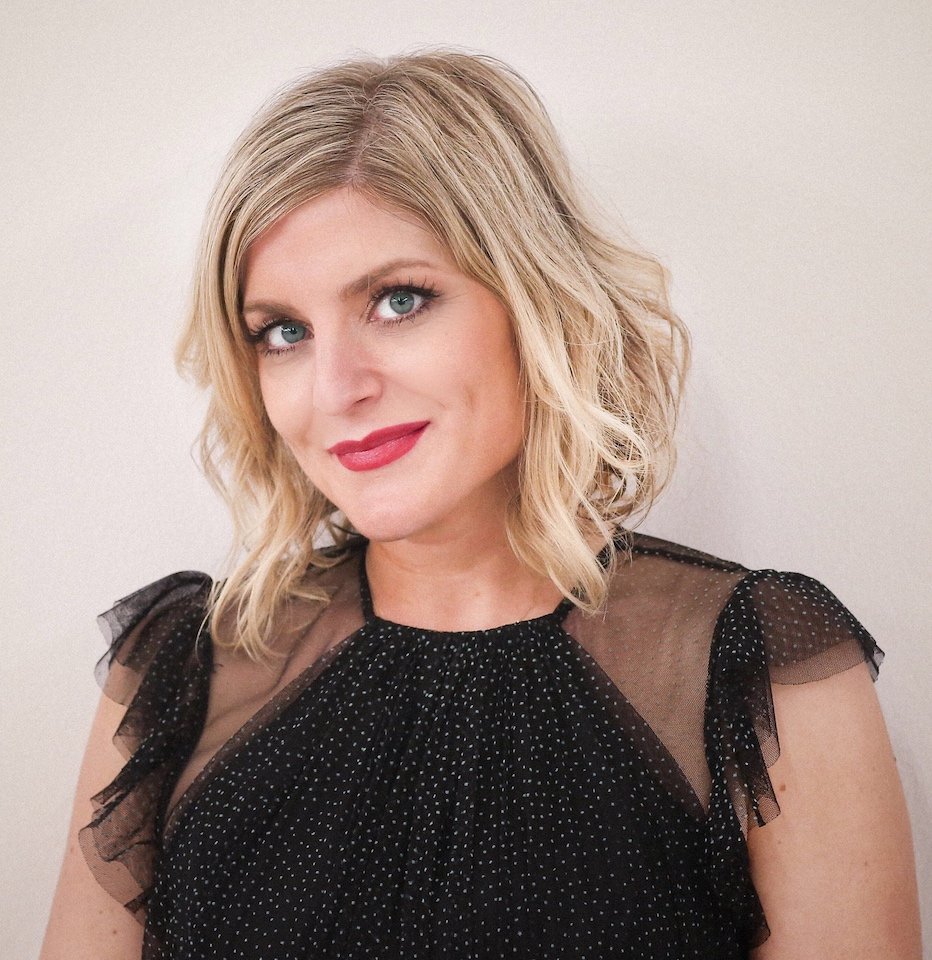
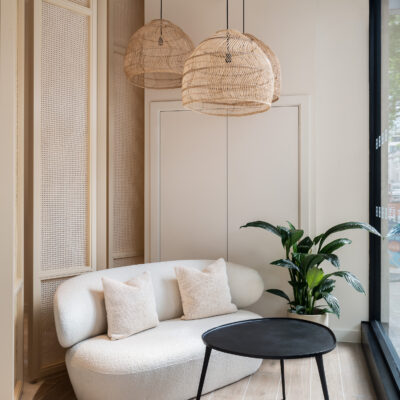
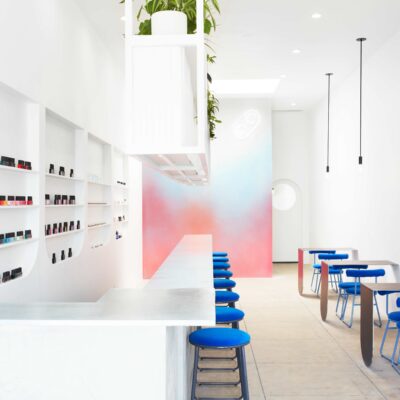
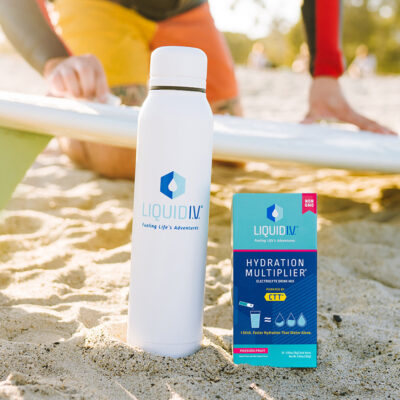

Leave a Reply
You must be logged in to post a comment.